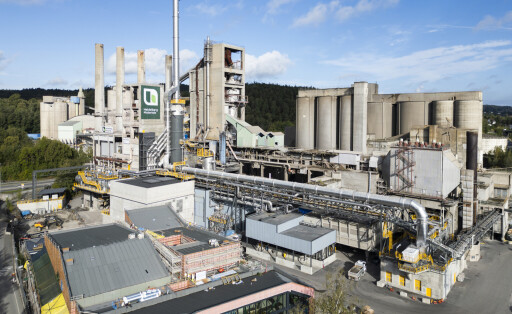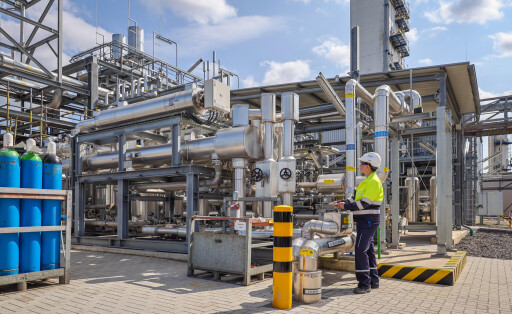Carbon capture and storage (CCS) is a key technology in the fight against climate change that makes it possible to capture carbon dioxide (CO₂) from industrial processes and power plants and store it in the long term. This technology is considered one of the few options for reducing CO₂ emissions from sectors that are difficult to decarbonize, such as the cement, steel and chemical industries. Read all the news on CCS from the Table.Briefings editorial team here. What is Carbon Capture and Storage (CCS) all about? CCS, short for Carbon Capture and Storage, describes a process in which CO₂ is captured from exhaust gases from industrial plants or power stations, transported and then stored in geological formations underground. The aim is to prevent CO₂ from entering the atmosphere, where it would contribute to global warming. The technology consists of three main phases: Is CCS necessary? Although expanding renewable energy and improving energy efficiency are essential measures to combat climate change, CCS is seen as an indispensable technology to reduce CO₂ emissions in sectors that are difficult to decarbonize. The steel and cement industries in particular produce large quantities of CO₂, which is released through combustion processes or chemical reactions and cannot be avoided simply by using renewable energies. CCS can make a significant contribution to reducing emissions here. In addition, CCS is often seen in connection with so-called negative emissions, e.g. in combination with biomass utilization ( BECCS: Bioenergy with Carbon Capture and Storage). In such scenarios, not only is CO₂ prevented from entering the atmosphere, but CO₂ is actively removed from the atmosphere. How does CCS technology work? The way CCS works is based on a three-stage process: Is the CCS process safe? The safety of the CCS process is a much-discussed topic. According to extensive studies, the storage of CO₂ in geological formations is considered safe if strict monitoring and control measures are adhered to. Several projects worldwide have already successfully demonstrated that CO₂ can be stored safely for decades without any leakage of CO₂ occurring. However, constant monitoring is required to ensure that leaks do not occur. Another concern relates to the risks to the environment should there be a large-scale release of CO₂ from the storage sites. This could theoretically lead to soil damage or groundwater contamination. In order to minimize these risks, only particularly suitable and stable storage sites are used, which already have a safe containment behavior due to their geological composition. Why is CCS (partially) banned in Germany? In Germany, CCS technology is controversial due to environmental concerns and public skepticism about underground CO₂ storage. The German CCS Act of 2012 strictly regulates the use of the technology and only allows it in certain regions under strict conditions. Concerns about uncontrolled CO₂ leaks and possible effects on groundwater have led to the process being used only hesitantly in Germany. In contrast, CCS is already being used and promoted intensively in other countries such as Norway, the USA and Canada. The future of carbon capture and storage The future of CCS technology depends heavily on the political framework, technological progress and public acceptance. Considerable investment in research and infrastructure is required to fully exploit the potential of CCS. In addition, the role of CO₂ prices plays a key role. Without clear economic incentives to reduce CO₂ emissions, it will be more difficult for companies to justify the high costs of implementing CCS. As part of the Green Deal, the European Union has committed to becoming climate-neutral by 2050. This requires drastic cuts in CO₂ emissions, and CCS could become a significant tool in this context, especially in industries where alternative decarbonization strategies are not sufficient. CCS is a promising technology in the fight against climate change, but it is not a panacea. Its effectiveness depends on numerous factors, including the availability of suitable storage sites, costs and social acceptance. In Germany in particular, CCS still faces major hurdles, while in other countries it is already firmly anchored in climate plans. In the long term, CCS in combination with other technologies could play a key role in achieving global climate targets.

Industrial decarbonization: Why the focus on CCS falls short
With the CCS Act and the climate protection agreements, the German government wants to drive forward the capture and storage of CO2. Climate scientists warn that investments in the conversion of production processes should not be neglected.
By Nico Beckert


